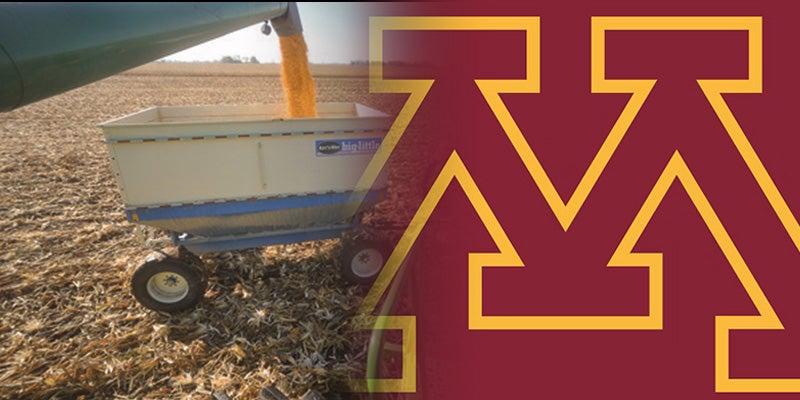New funding will help landowners install buffer strips along waters
Published 8:35 am Thursday, July 13, 2017
By Christopher Magan
St. Paul Pioneer Press
Landowners have new state funding and a website to help them comply with a 2015 law requiring vegetative buffer strips to protect Minnesota’s waters.
The Minnesota Board of Water and Soil Resources recently approved a cost-sharing program that will cover up to 75 percent of landowners’ expenses to install perennial buffer strips along public waters and drainage ditches. The $5 million for the program was included in the $46.5 billion two-year state budget approved by the Legislature and signed by Gov. Mark Dayton in May.
“We felt it was important to get something for those people who are directly affected by this law,” said John Jaschke, executive director of the water resources board.
The cost-sharing program is one of a number of ways landowners can get state and federal help to comply with the 2015 buffer law championed by Dayton. Buffer strips help combat erosion and filter harmful chemicals out of runoff that enters state waters.
Half of the new money is designated for northern Minnesota counties not covered under a deal signed by Dayton earlier this year that will provide $500 million in state and federal money to landowners willing to put parts of their property in conservation easements.
The cost-sharing program will help cover the cost of planting buffers or installing other methods to comply with the buffer law, Jaschke said.
The state has also launched a new website, mn.gov/buffer-law, to provide landowners with all the information they need about the land that needs to be protected and the ways they can comply with the law. The new website includes an interactive map that was the result of an unprecedented mapping effort the state Department of Natural Resources completed last year to identify where buffers are needed.
Landowners have to install buffers along public waters by November 2017 and along ditches by November 2018. During the legislative session, Dayton threatened to veto any attempts to drastically change his buffer law, but he did agree to giving a grace period to landowners working to comply with the rules.
Jaschke estimates preliminary compliance with the buffer law is about 89 percent statewide, but acknowledges some of the remaining landowners face unique challenges to bring their properties in line with the new rules.
The cost-sharing program and new website are just two water-quality initiatives state leaders have planned for the summer. Dayton also plans to hold 10 town hall meetings around the state to discuss ways to improve the state’s waters.
Recent studies by state agencies have found about 40 percent of Minnesota’s waters are polluted or impaired.
The Minnesota Board of Water and Soil Resources also announced on Tuesday $1.5 million in clean water grants for six watershed improvement partnerships across the state, including the Lower St. Croix watershed that covers parts of Anoka, Ramsey and Washington counties. The grants will help local governments and other agencies to work together more easily to improve water quality.
“One Watershed, One Plan represents a big leap forward in water management in Minnesota,” Jaschke said. “The idea is to bring these groups together as upstream and downstream neighbors so they can address issues according to how water flows, instead of being limited by jurisdictional boundaries.”
—Distributed by Tribune Content Agency.




